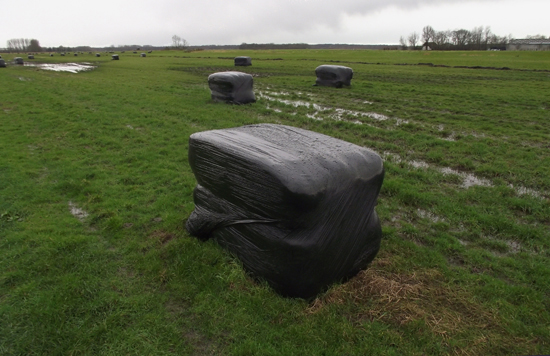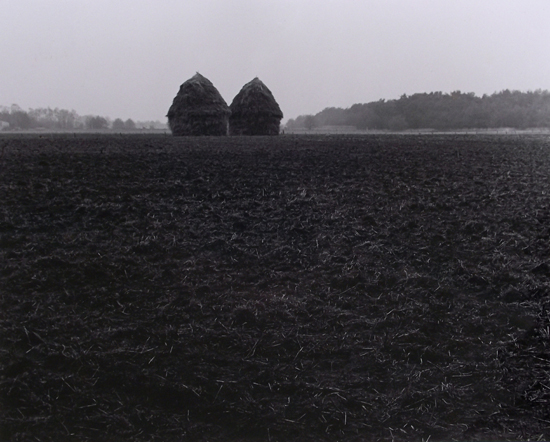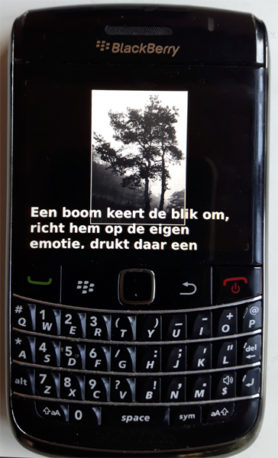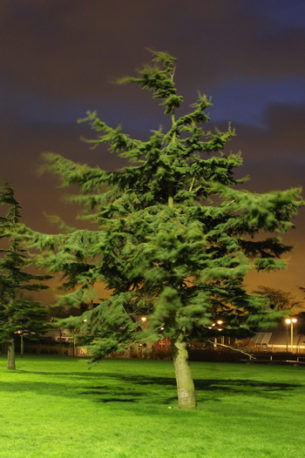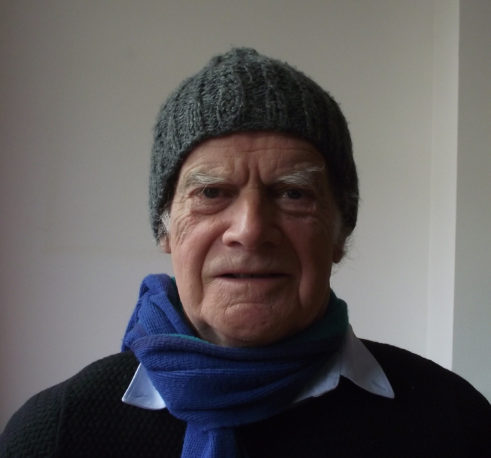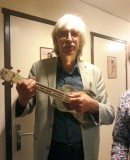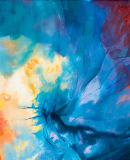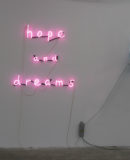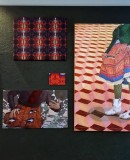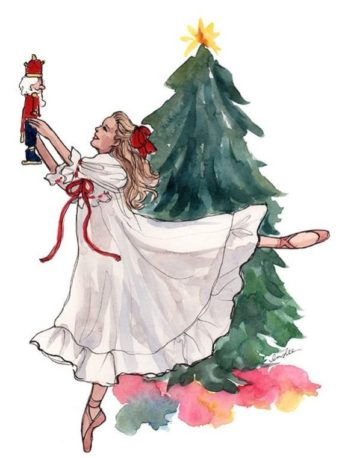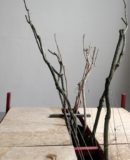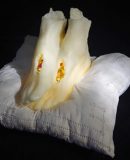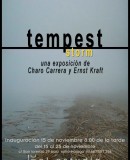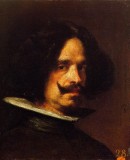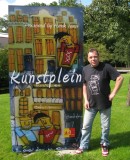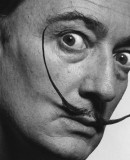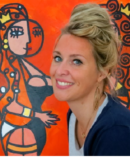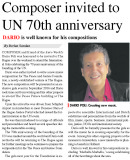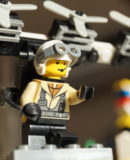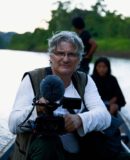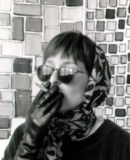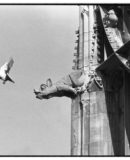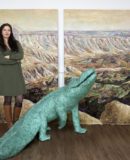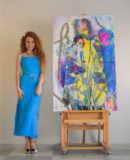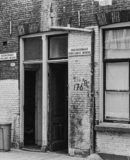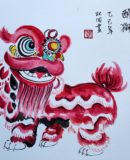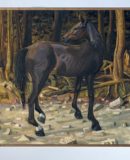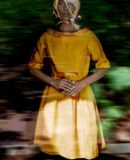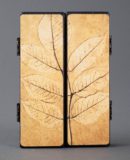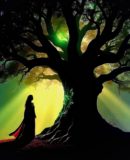World Fine Art Professionals and their Key-Pieces, 181 - Loek Raemakers
World Fine Art Professionals and their Key-Pieces, 181 – Loek Raemakers
Loek Raemakers makes his photos always in the form of a project. His last and rounded project is called ‘Dingen, ondingen en knipogen’ (Things, non-things and winks). There is, as with more projects, a book published. In that book he deals with the essence of things, especially things in the streets that you do not pay attention to at first. He was inspired by the French writer Francis Ponge who wrote the book ‘Le parti pris des choses’ in 1942.
I speak to Loek in the café of the Fotomuseum Den Haag, Gember. The Fotomuseum is a familiar place for him, there he sells his photo books. Loek Raemakers is originally from Limburg. When he was twenty-two, he came to The Hague to attend the Photo School.
Teacher
“I wanted to learn a profession. My father was a teacher for 40 years at a village school. He had the same class all the time. I did not want that. I did not want to be in education, I wanted to be a filmer. But I could not afford that. And, my father did not want to pay it. “
Raemakers therefore went to work in Germany; as a Hilfsarbeiter he worked on the sewer system. Then he had enough money for a three-year course. He inquired at the Film Academy, but it turned out that, just that year, that the academy had changed the study duration from three years to five. “In 1967 I decided to opt for the Photo School in The Hague. That training (with the full name M.T.S. School for Photography and Phototechnique) also gave film lessons.” However, as it turned out, in the second year there was too little interest among the students to continue the film lessons. Raemakers nevertheless finished his photo training properly.
In the meantime there was so much interest for the Fotoschool that there were several first classes. Teachers were needed; was Loek not interested? Loek: “Although I did not want to go into education, I did it anyway. I have been a teacher at the Fotoschool for three years. Then I went to study Educational Sciences at the University in Leiden. Later on I worked on a book in which I described four photography courses in the Netherlands. That is how I combined both courses. “
Once he graduated, he worked as a teacher at the Teacher Training College of Rotterdam University of Applied Sciences for many years. He often worked on this training with the combination of text and image. He also made sound slideshows, including for the NIAM, the Netherlands Institute for Audiovisual Media. “The sound slide series for primary education were pretty dull at the time. Together with Mieke Schlaman I made a series about a Surinamese boy, Imro. The slides showed the life of Imro during one day. I wrote the text, and a Surinamese actor spoke the text. It became a success. 300 schools bought the series.”
Emotion
He photographed all that time, now more than half a century. As a teenager, he started with his father’s camera. “I was a lover in the real sense of the word. Photography was love. Good photos were photos that I had an emotional connection with. An important aspect of and on a photo is emotion. “He shows an app on a BlackBerry: a photo of a pine, from the beginning. A text appears in front of it. “That tree expresses the gray, sad, melancholy. That appealed to me then.” In the late 90s he learned to program himself (in Java) for the BlackBerry. He made games. I see one of an airplane, mountains, and a ghost.
He learned technically perfect photography at the Fotoschool. “I sometimes found it boring photos. Photos of a mortar, a salt and pepper set, onions on a zinc plate, still life-like.” After his degree, he wanted something else. He came out at action photography. “I could put my ideas into it. I have been involved with the Hague city newspaper De Konkreet for years.” He started as a photographer but soon began writing. “De Konkreet did everything, for example the organization of a neighborhood newspaper festival. I was involved to a large extent.” One category was very important for him ‘De van Bylandt Story’, the Van Bylandtstraat is a side street of the Weimarstraat. Urban renewal took place there, and Alderman Adri Duivesteijn provided detailed ideas to fill it in. The story was published for five years, with photos. Among others a photo montage of ‘De Vuilverbranding’ (the waste incineration). I see a picture of the big electricity factory and waste incinerator with broken chimney pipes. “That mess has to go, we said. 25 years later everything was gone. The photo montage has been published in many newspapers, both in The Hague and nationwide, and is also included in the collection of the European Poster Museum in Mons, Belgium.” And this social photography was also published in a book, with a foreword by Adri Duivesteijn.
The tree, a relief
When asked about a key work, he says that there rather are key periods, and three. The first period is the one before the Photo School, the second the period after it until the 1990s. The photos at that time are in black / white and analogue. When digital photography comes into being in the 1990s, Loek starts photographing digitally and in color. Then the third period begins. “I want to continue to develop myself. My debut in that area was ‘The tree, a relief’. Photographs taken in the ‘De Verademing’ (the relief) neighborhood park in The Hague, the place where the incineration of waste once stood. He calls it ironic that this key picture is another tree. “A living creature, a Lebanese cedar.”
As mentioned, Loek Raemakers works in project form. “I learned it myself. A project has a beginning and an end. When something is finished, I can start something new.” Three photographs here published were taken from the current project ‘constructed landscapes’.
A maker
Finally, how would he describe his philosophy? “When I take a beautiful photo, it gives me energy and joy in life. That’s what I do it for. I am a Raemakers; my one grandfather was a tailor. He was a maker, I am also a maker. If the thing I make is also beautiful, I enjoy it.”
For the method used for projects ‘sensitive improvisation’ see: https://bit.ly/2CJZort
Images: 4) blackberry / emotion (period 1), 5) photomontage (period 2), 6) portrait cedar (period 3), 7) photo Raemakers-Schlaman
https://bit.ly/2NoNfk1
https://ifthenisnow.eu/nl/verhalen/totstandkoming-van-een-fotoproject
https://ifthenisnow.eu/nl/verhalen/de-wereld-van-de-haagse-kunstenaar-79-loek-raemakers
Disclaimer: The views, opinions and positions expressed within this guest article are those of the author Walter van Teeffelen alone and do not represent those of the Marbella Marbella website. The accuracy, completeness and validity of any statements made within this article are not guaranteed. We accept no liability for any errors, omissions or representations. The copyright of this content belongs to Walter van Teeffelen and any liability with regards to infringement of intellectual property rights remains with the author.

